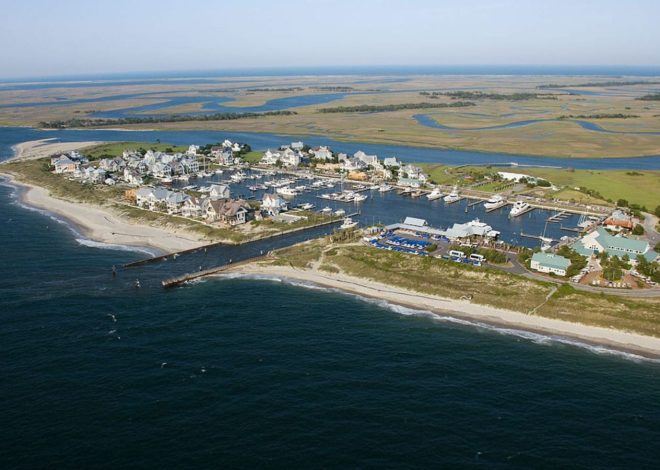
What Does Climate Change Look Like in New Hampshire?
Hampshire is well known for its gorgeous scenery, plethora of natural resources, and outdoor leisure options. The state is confronted with noteworthy obstacles as a result of the changing climate, which endangers the ecology, the economy, and people’s standard of living in general. Here, we discuss a few of the effects and challenges that climate change has brought about for New Hampshire.
Escalating Temperatures and Unpredictable Weather
According to the U.S. Environmental Protection Agency, temperatures in much of New Hampshire have risen by two to three degrees Fahrenheit in the last century. It is expected that this warming trend will continue, with estimates suggesting that temperatures could rise by four to ten degrees Fahrenheit by the end of the century. High temperatures have a number of effects, such as:
- Prolonged and intensified heat waves, heightening the risk of heat-related illnesses, respiratory issues, and fatalities.
- Shifts in the timing of spring and fall, disrupting natural cycles for plants and animals, impacting agriculture and tourism, and amplifying vulnerability to pests and diseases.
- Diminished snowfall and snow cover, reducing water availability, affecting winter recreation and tourism, and endangering habitats of cold-adapted species.
- More frequent and severe storms, floods, and droughts, resulting in property damage, infrastructure deterioration, and escalated costs for disaster response and recovery.
Rising Sea Levels and Coastal Erosion
New Hampshire is particularly vulnerable to sea level rise and coastal erosion despite having a small coastline. Since 1900, the sea level has risen by around eight inches along the state’s coast; by 2100, forecasts indicate that the rise will have increased by an additional one to four feet. This might result in:
- Increased flooding and storm surge, inundating low-lying areas, eroding beaches and wetlands, and damaging coastal infrastructure and property.
- Saltwater intrusion, contaminating freshwater sources, affecting drinking water and irrigation, and causing harm to coastal ecosystems and wildlife.
- Depletion of coastal habitats, diminishing the biodiversity, productivity, and resilience of coastal ecosystems, impacting services such as fisheries, recreation, and protection.
Strategies for Mitigation and Adaptation
While anticipating future effects, New Hampshire is aggressively tackling the underlying causes and effects of climate change. Important initiatives and acts consist of:
- Curbing greenhouse gas emissions through the promotion of energy efficiency, renewable energy, and low-carbon transportation, and participation in regional cap-and-trade programs like the Regional Greenhouse Gas Initiative.
- Enhancing climate resilience by identifying vulnerabilities and risks in different sectors and regions, implementing adaptation plans and policies, and strengthening the capacity and coordination of stakeholders and communities.
- Supporting research and education to advance scientific understanding and monitoring of climate change and its impacts, and fostering awareness and engagement among the public and decision-makers.
The urgent and complex task of combating climate change necessitates consistent and cooperative efforts from all governmental branches as well as corporations, organizations, and private citizens. By working together, we can lower greenhouse gas emissions, improve climate resilience, and protect New Hampshire’s natural and cultural legacy.
SEE MORE
What Does Delaware’s Climate Change Look Like?


